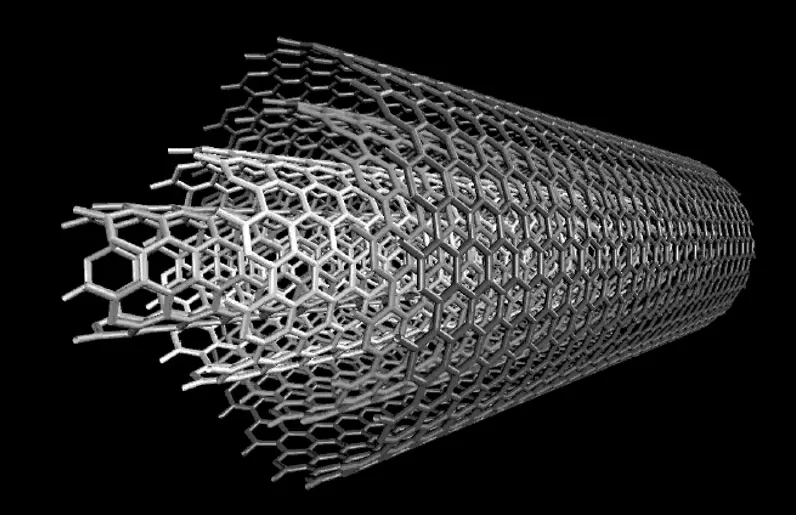Carbon nanotubes are often touted as one of the potential successors to modern-day silicon but apparently that's not the only thing they excel at. A British company by the name of Surrey NanoSystems has created a "strange, alien" material using carbon nanotubes that's described as the darkest in the world.
Vantablack, as it's being called, is constructed by layering a sheet of aluminum foil with carbon nanotubes. The resulting material can absorb all but 0.035 percent of visible light - a new world record.
It's actually so dark that the human eye cannot correctly process and understand what it is seeing. The fact that it doesn't reflect back much light makes it impossible to detect shapes and contours, making it look like an apparent abyss.
Leeds University professor of color science and technology Stephen Westland said many people think black is the absence of light but unless you are looking at a black hole, nobody has actually seen something which has no light. This new material, he noted, is almost as close to a black hole as we could imagine.
Vantablack will certainly impress in scientific circles, but are there any practical uses for it? Absolutely.
Surrey NanoSystems said the material could be used to calibrate telescopes to take pictures of the oldest objects in the universe, a process that has to be done by pointing a camera at something that is as black as possible. There are also potential uses for the military although the company said they were not allowed to discuss such matters.
